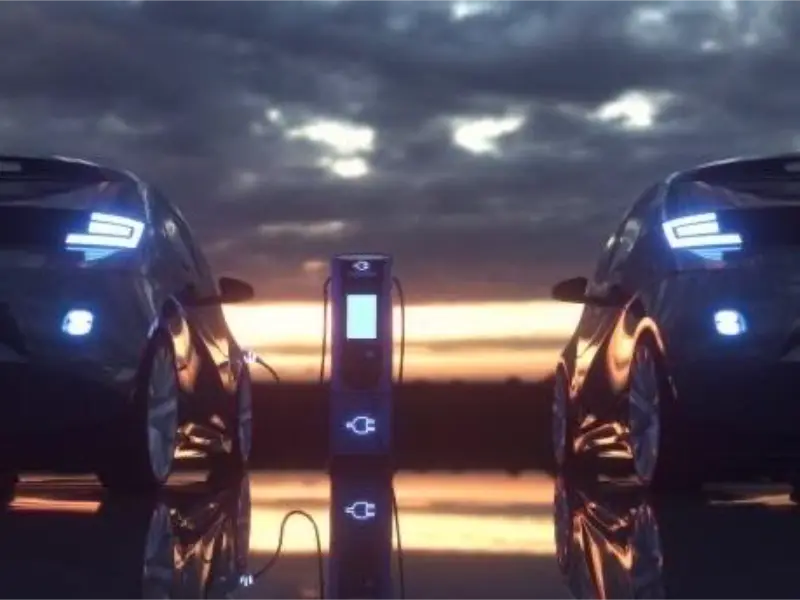- Maintain battery health by avoiding frequent deep discharges and keeping the battery level between 20% and 80% for regular use.
- Minimise exposure to extreme temperatures, both hot and cold, to preserve the capacity and lifespan of the Tesla battery.
- Monitor charging habits and avoid frequent fast charging to extend the longevity of the battery.
Tesla is known for its innovative electric vehicle technology. Batteries are central to the performance and longevity of Tesla vehicles. Understanding the longevity of Tesla’s batteries is a key consideration in the decision-making process for potential buyers and current owners. The complexity of Tesla’s battery life, the factors that affect its longevity, Tesla’s warranty guarantee, and maintaining and optimising the performance of these revolutionary electric vehicle batteries are also of particular importance.
Battery lifetime
Tesla’s EV batteries, according to J.D. Power, typically last between 10 and 20 years, depending on environmental factors. However, Tesla’s batteries degrade about 1% of range per year, retaining 90% of their capacity after 10 years on the road. This is within industry expectations. To slow battery degradation, use fast charging only when necessary and manage vehicle storage conditions, avoiding extreme temperatures whenever possible. This is especially important for those who have never owned an EV before.
Tesla cars have an average range of around 336 miles on a single charge, with the Model 3 typically reaching 267 miles and the Model S reaching 405 miles on a full charge. However, the actual range may vary depending on factors such as driving style, weather, and battery performance. Aggressive driving can affect the range, while calm and efficient driving can maximise it.
Additionally, extreme weather can affect battery performance, but Tesla’s battery system tries to maintain optimal performance. While Tesla provides these range estimates, it’s important to remember that your real-world range will depend on your driving style and the weather conditions.
Also read: China’s BYD overtakes Tesla in quarterly sales: a new EV era?
Tesla’s battery warranty
Tesla provides a warranty for its vehicle batteries to offer peace of mind to owners regarding the longevity and performance of their electric vehicles. The specifics of Tesla’s battery warranty can vary depending on the model of the vehicle and the region in which it is purchased. Typically, Tesla’s battery warranty covers a certain number of years or miles, whichever comes first.
For example, the Model S and Model X may come with an 8-year or 150,000-mile warranty on the battery, while the Model 3 and Model Y might have an 8-year or 120,000-mile warranty. This warranty serves as a testament to Tesla’s confidence in the durability and reliability of its battery technology, reassuring owners that their investment is protected.
By understanding the terms and coverage of Tesla’s battery warranty, owners can feel secure in the longevity of their vehicle’s battery and the overall ownership experience.
Also read: Tesla Accelerates Full Self-Driving Campaign with Pre-Installed FSD Beta
Practical tips for battery maintenance
Maintaining the health and longevity of a Tesla battery is crucial for optimizing the performance and efficiency of the vehicle over time. To ensure the longevity of the battery, Tesla owners can follow a few practical tips and best practices.
Firstly, it is recommended to avoid frequent deep discharges and instead aim to keep the battery level between 20% and 80% for regular use. Additionally, minimising exposure to extreme temperatures, both hot and cold, can help preserve the battery’s capacity and lifespan.
Monitoring charging habits and avoiding frequent fast charging can also contribute to extending the battery’s longevity. Tesla provides features like scheduled charging and battery preconditioning to help owners manage their charging routines effectively.

